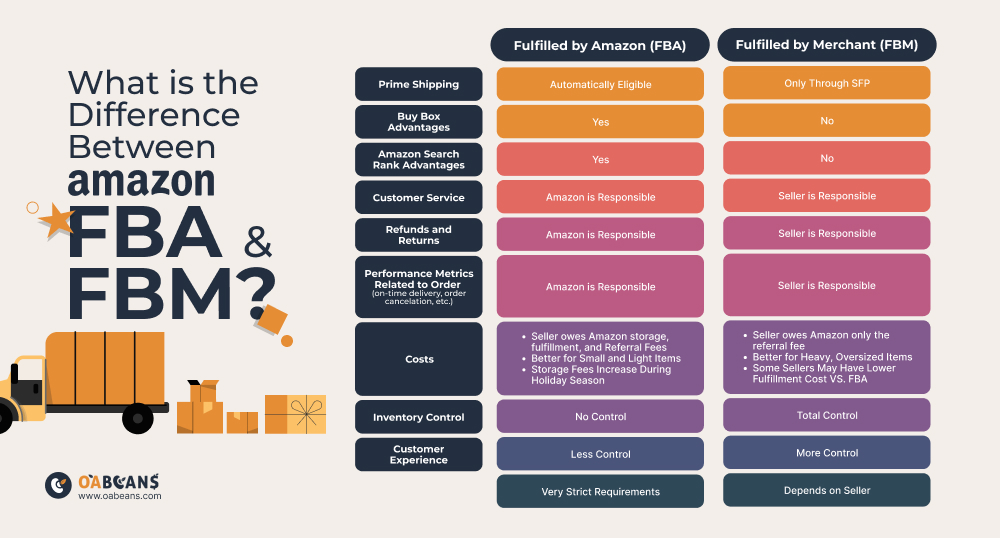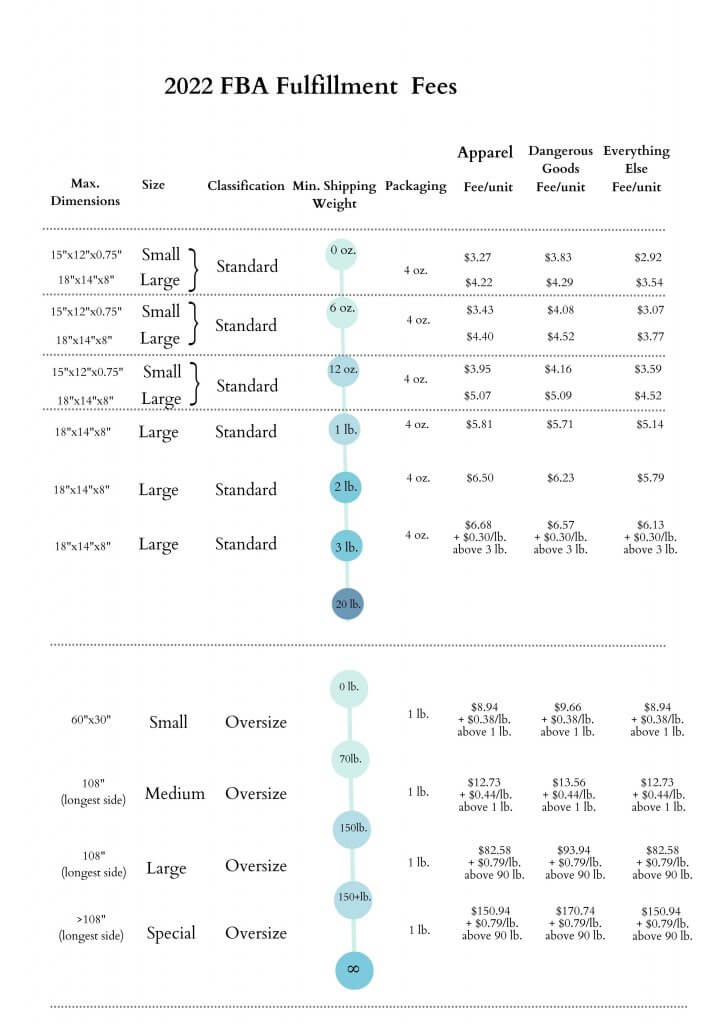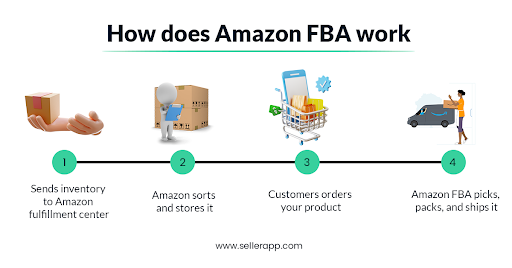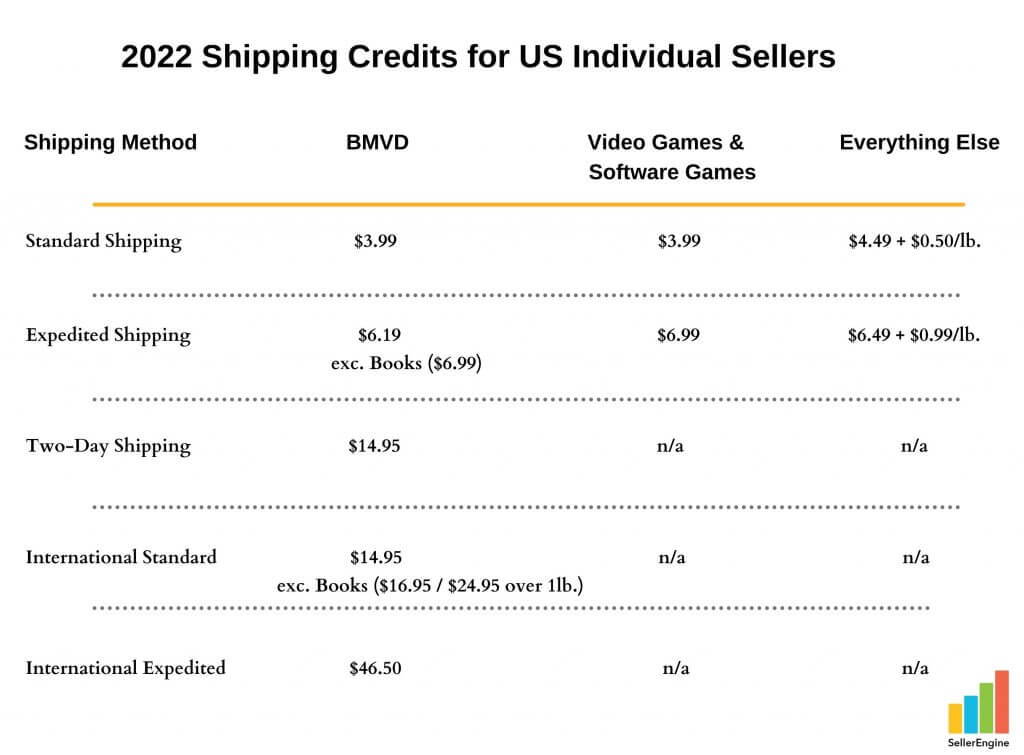Unravel the mystery of FBA fees with our comprehensive guide – discover how they impact your Amazon business today!
Table of Contents
- Introduction to Amazon FBA
- Understanding Amazon FBA Fees
- The Amazon FBA Fee Calculator
- Costs Included in Amazon FBA Fees
- How to Minimize Amazon FBA Fees
- Comparing Amazon FBA with Other Fulfillment Options
- Navigating Long-term Storage Fees
- Succeeding with Amazon FBA: Tips and Tricks
- Impact of Amazon FBA Fees on Pricing Strategy
- Conclusion and Final Thoughts on Amazon FBA Fees
- Frequently Asked Questions (FAQs)
Introduction to Amazon FBA
Have you ever wondered how people sell products online and get them delivered to your doorstep? That’s where Amazon FBA comes in! Let’s delve into what Amazon FBA is and how it can help sellers like you.
What is FBA?
Amazon FBA stands for ‘Fulfillment by Amazon.’ It means that sellers can store their products in Amazon’s warehouses. When a customer buys something, Amazon picks, packs, and ships the item for the seller. It’s like having a helping hand in managing your online store!
Why use Amazon FBA?
Using Amazon FBA has its perks. Sellers can reach a wider audience, thanks to Amazon’s vast customer base. Plus, with Amazon handling the shipping and customer service, sellers can focus on growing their business. It’s a convenient way to expand your online presence and make selling online a breeze!
Understanding Amazon FBA Fees
When you use Amazon FBA to sell your products, there are different types of fees that Amazon charges you. These fees include storage fees, fulfillment fees, and other charges for using their services.
Why Does Amazon Charge These Fees?
Amazon charges these fees to cover the costs of storing, packaging, and shipping your products. By paying these fees, you can take advantage of Amazon’s extensive network and reach more customers with ease.
The Amazon FBA Fee Calculator
The Amazon FBA Fee Calculator is a tool provided by Amazon to help sellers estimate the fees involved in using their fulfillment services. To use the calculator, sellers input information such as the product size, weight, selling price, and category. The calculator then generates an estimate of the various fees that will be incurred, including fulfillment fees and storage costs.

Image courtesy of oabeans.com via Google Images
Benefits of Using the Calculator
Utilizing the Amazon FBA Fee Calculator can be highly beneficial for sellers in planning and pricing their products effectively. By having a clear estimate of the fees upfront, sellers can better understand their costs and make informed decisions about pricing strategies. This tool helps in avoiding surprises and ensures that sellers set competitive prices while maintaining profitability.
Costs Included in Amazon FBA Fees
When you sell products using Amazon FBA, Amazon takes care of shipping and handling your items to customers. This convenience comes with a cost, as Amazon charges fees for this service. The fees cover the expenses related to packaging, labeling, and delivering your products to customers quickly and efficiently.
Storage Costs
Amazon provides storage space in their warehouses for your products. However, this service isn’t free. You have to pay storage fees for keeping your items in Amazon’s facilities. These costs can vary depending on factors like the size and weight of your products, as well as how long they are stored in Amazon’s warehouses.
Packaging
Amazon also offers packaging services to ensure that your products are properly packed and protected during shipping. While this saves you time and effort, there are additional costs associated with packaging. These fees cover the materials and labor required to package your items securely before they are sent out to customers.
By understanding these costs included in Amazon FBA fees, sellers can better plan their pricing strategies and optimize their expenses for a successful selling experience on Amazon.
How to Minimize Amazon FBA Fees
When selling products using Amazon FBA, it’s essential to understand how to minimize the fees associated with the service. By strategically managing certain aspects of your business, you can keep these costs as low as possible, ultimately increasing your profitability.

Image courtesy of sellerengine.com via Google Images
Optimizing Product Size and Weight
One crucial factor that affects the fees charged by Amazon FBA is the size and weight of your products. Larger and heavier items typically incur higher fees for storage and fulfillment. To minimize these costs, consider optimizing the dimensions of your products to reduce their size and weight.
By compactly packaging your items without compromising their safety during storage and shipping, you can potentially lower the fees charged by Amazon. Additionally, selecting lightweight materials for your products can also help reduce shipping costs, ultimately saving you money in the long run.
Inventory Management
Another effective way to minimize Amazon FBA fees is by efficiently managing your inventory. Keeping track of your stock levels and ensuring that you only store products that have a high turnover rate can help reduce storage fees.
Regularly monitoring your inventory levels and adjusting your restocking strategy can prevent unnecessary storage costs for slow-moving items. By optimizing your inventory management practices, you can streamline your operations and minimize the fees associated with storing products in Amazon’s warehouses.
Comparing Amazon FBA with Other Fulfillment Options
Amazon FBA and Seller Fulfilled are two different methods of handling order fulfillment. With Amazon FBA, sellers send their products to Amazon’s fulfillment centers, and the company takes care of storage, packaging, and shipping when an order is placed. This allows sellers to focus more on other aspects of their business such as marketing and product development.
On the other hand, Seller Fulfilled means that the seller is responsible for storing, packaging, and shipping each order themselves. While this gives sellers more control over the process, it also requires more time and resources to manage effectively.
Using FBA for Amazon vs. Other Platforms
Amazon FBA is a popular choice for selling on Amazon due to the convenience it offers in handling logistics. However, using FBA for other platforms may not always be the most cost-effective option. Different platforms may have their own fulfillment services or requirements that sellers need to consider.
| Product Category | Fulfillment Fee | Referral Fee | Closing Fee |
|---|---|---|---|
| Apparel | $2.92 – $3.77 | 15% of total sales price | $0.40 |
| Electronics | $2.50 – $3.35 | 8% of total sales price | $1.80 |
| Books | $1.35 – $1.80 | 15% of total sales price | $1.35 |
| Homeware | $2.25 – $2.76 | 12% of total sales price | $0.75 |
When deciding whether to use FBA for other platforms, sellers should consider factors such as shipping costs, storage fees, and the level of control they want over the fulfillment process. It’s essential to weigh the benefits and drawbacks of using FBA for each platform to make an informed decision.
Navigating Long-term Storage Fees
When using Amazon FBA, it’s essential to understand the additional costs that can come with storing products for extended periods. Long-term storage fees are one of these extra expenses that sellers should be aware of to effectively manage their inventory and expenses.

Image courtesy of www.sellerapp.com via Google Images
What are Long-term Storage Fees?
Long-term storage fees are charges imposed by Amazon for products that have been stored in their warehouses for an extended period, usually beyond a designated time frame. These fees are in addition to the standard storage fees and are meant to encourage sellers to keep their inventory moving to prevent overcrowding in the fulfillment centers.
Avoiding High Long-term Storage Fees
To minimize the impact of long-term storage fees on your FBA business, there are several strategies you can employ:
1. Regular Inventory Checks: Keep track of your inventory levels and sales velocity to avoid overstocking products that may incur long-term storage fees.
2. Optimize Replenishment: Instead of sending large quantities of products to Amazon, consider replenishing smaller quantities more frequently to reduce the risk of being charged long-term storage fees.
3. Strategic Pricing and Promotions: Implement pricing strategies or promotions to move slow-moving inventory before it triggers long-term storage fees.
By staying proactive and attentive to your inventory management practices, you can navigate long-term storage fees effectively and maintain a healthy profit margin in your Amazon FBA business.
Succeeding with Amazon FBA: Tips and Tricks
Choosing the right products to sell through Amazon FBA is crucial for your success. Look for items that are lightweight, small, and have a high demand. These types of products are easier to store, pack, and ship, ultimately reducing your overall FBA fees. Conduct thorough market research to identify profitable niches and products that align with your business goals.
Mastering the FBA Fee Structure
Understanding the fee structure of Amazon FBA is key to optimizing your profits. Familiarize yourself with the different types of fees, such as storage fees, fulfillment fees, and shipping costs. By knowing how these fees are calculated and being aware of any changes in Amazon’s fee policies, you can make informed decisions about your pricing strategies and product selection.
Impact of Amazon FBA Fees on Pricing Strategy
When selling products on Amazon using FBA, it’s essential to consider the impact of FBA fees on your pricing strategy. These fees can eat into your profit margins if not factored in correctly. Let’s explore how you can incorporate FBA fees into your product pricing effectively.

Image courtesy of sellerengine.com via Google Images
Incorporating Fees into Product Pricing
Calculating your product prices should not only cover the cost of the item itself but also include the FBA fees associated with storage, fulfillment, and other services. By factoring in these fees, you ensure that your selling price covers all costs and leaves you with a desirable profit margin.
Balancing Profitability and Competitiveness
While it’s crucial to account for FBA fees in your pricing, it’s also essential to strike a balance between profitability and competitiveness. Setting your prices too high to cover all fees might put you at a pricing disadvantage compared to competitors. On the other hand, pricing too low could lead to minimal profits or even losses.
By understanding your costs, including FBA fees, and analyzing the market, you can find a pricing strategy that offers a good balance between making a profit and staying competitive. Regularly reviewing your prices and adjusting them based on changes in fees or market conditions will help you maintain a healthy pricing strategy.
Conclusion and Final Thoughts on Amazon FBA Fees
Managing Amazon FBA fees is a crucial aspect of selling products on the platform. Understanding the various fees charged by Amazon and knowing how to minimize them can significantly impact a seller’s profitability and success. By grasping the fee structure and utilizing tools like the Amazon FBA Fee Calculator, sellers can make informed decisions when pricing their products and optimizing their operations.
It is essential for sellers to carefully consider the costs included in Amazon FBA fees, such as shipping and handling, storage costs, and packaging fees. By staying mindful of these expenses and implementing strategies to minimize them, sellers can improve their bottom line and remain competitive in the market.
When comparing Amazon FBA with other fulfillment options, sellers should weigh the benefits and drawbacks of each method to determine the most suitable choice for their business. While Amazon FBA offers convenience and scalability, it is crucial to assess whether the associated fees align with the business’s goals and budget.
For long-term success with Amazon FBA, sellers should focus on selecting the right products, mastering the fee structure, and incorporating fees into their pricing strategy. By following best practices and staying informed about changes in Amazon’s fee policies, sellers can optimize their operations and maximize their profits on the platform.
In conclusion, a thorough understanding of Amazon FBA fees is indispensable for achieving success as a seller on the platform. By navigating the fee structure effectively, staying proactive in fee management, and leveraging tools provided by Amazon, sellers can streamline their operations, boost their profitability, and establish a strong presence in the competitive online marketplace.
Frequently Asked Questions (FAQs)
How can I estimate my Amazon FBA fees before selling a product?
If you’re wondering about the costs involved in selling your product using Amazon FBA, there’s a handy tool called the Amazon FBA Fee Calculator that can help. This tool allows you to input details about your product, such as its size, weight, and selling price, to get an estimate of the fees you’ll incur. You can use this information to plan your pricing strategy and make informed decisions about selling on Amazon.
Do Amazon FBA fees vary by product type or size?
Yes, Amazon FBA fees can vary based on the type and size of the product you’re selling. Larger and heavier items typically incur higher fees, as they require more storage space and may cost more to ship. It’s essential to consider these factors when selecting products to sell through Amazon FBA to ensure that your fees are optimized and manageable.
What is the best way to reduce my Amazon FBA fees?
One effective way to reduce your Amazon FBA fees is by optimizing your product size and weight. By choosing products that are smaller and lighter, you can minimize storage and shipping costs, ultimately saving you money. Additionally, efficient inventory management can help lower fees by avoiding unnecessary storage charges and ensuring that your products move quickly. By being strategic and proactive in how you approach your selling on Amazon FBA, you can keep your fees as low as possible and maximize your profitability.
